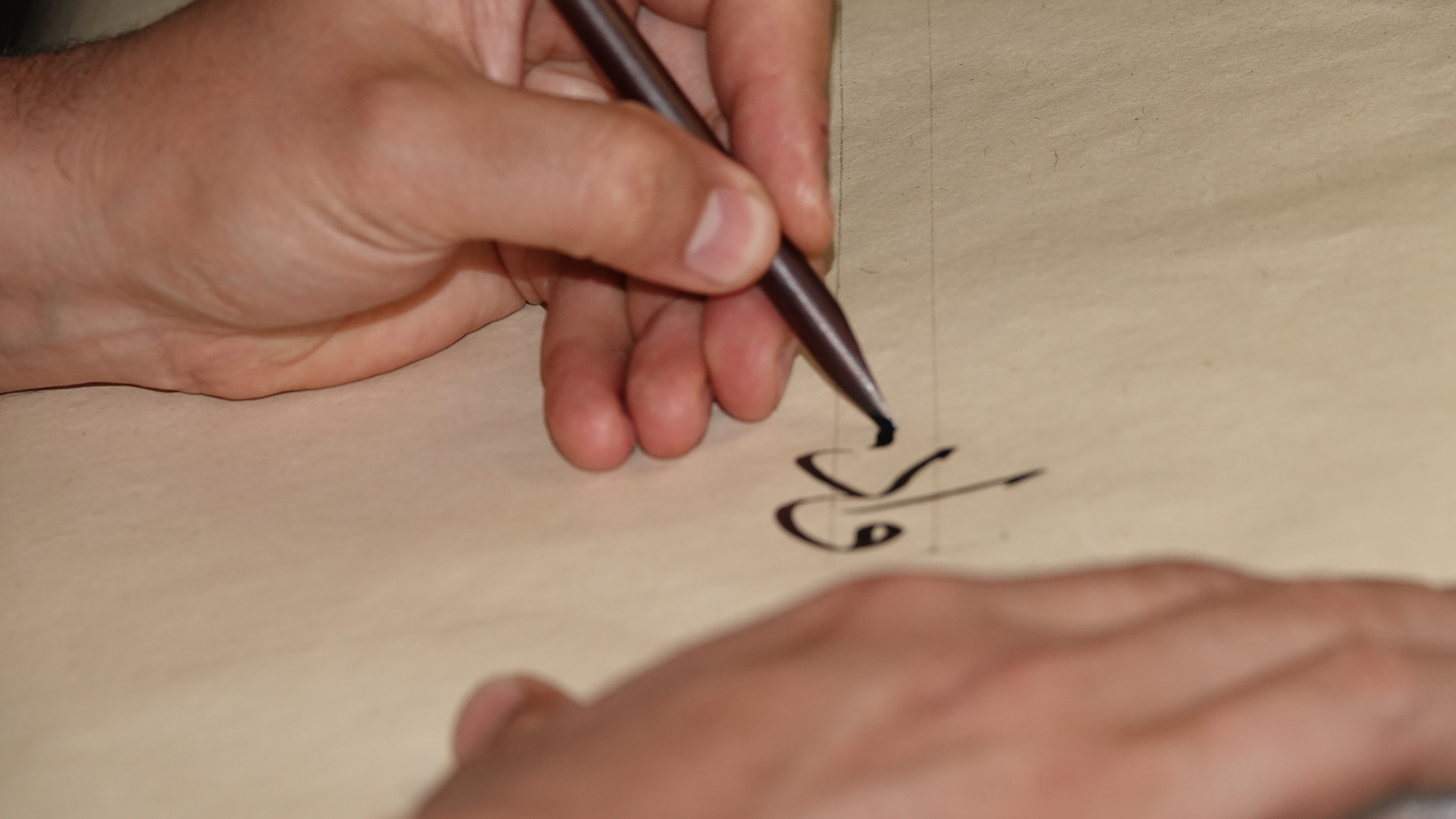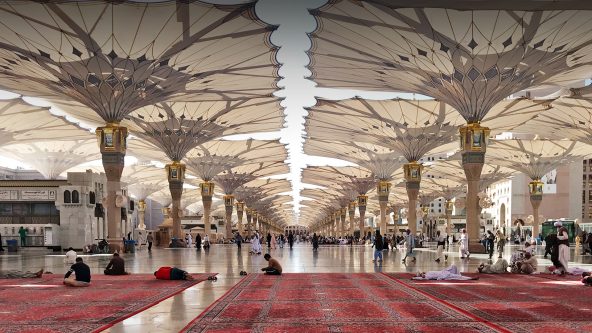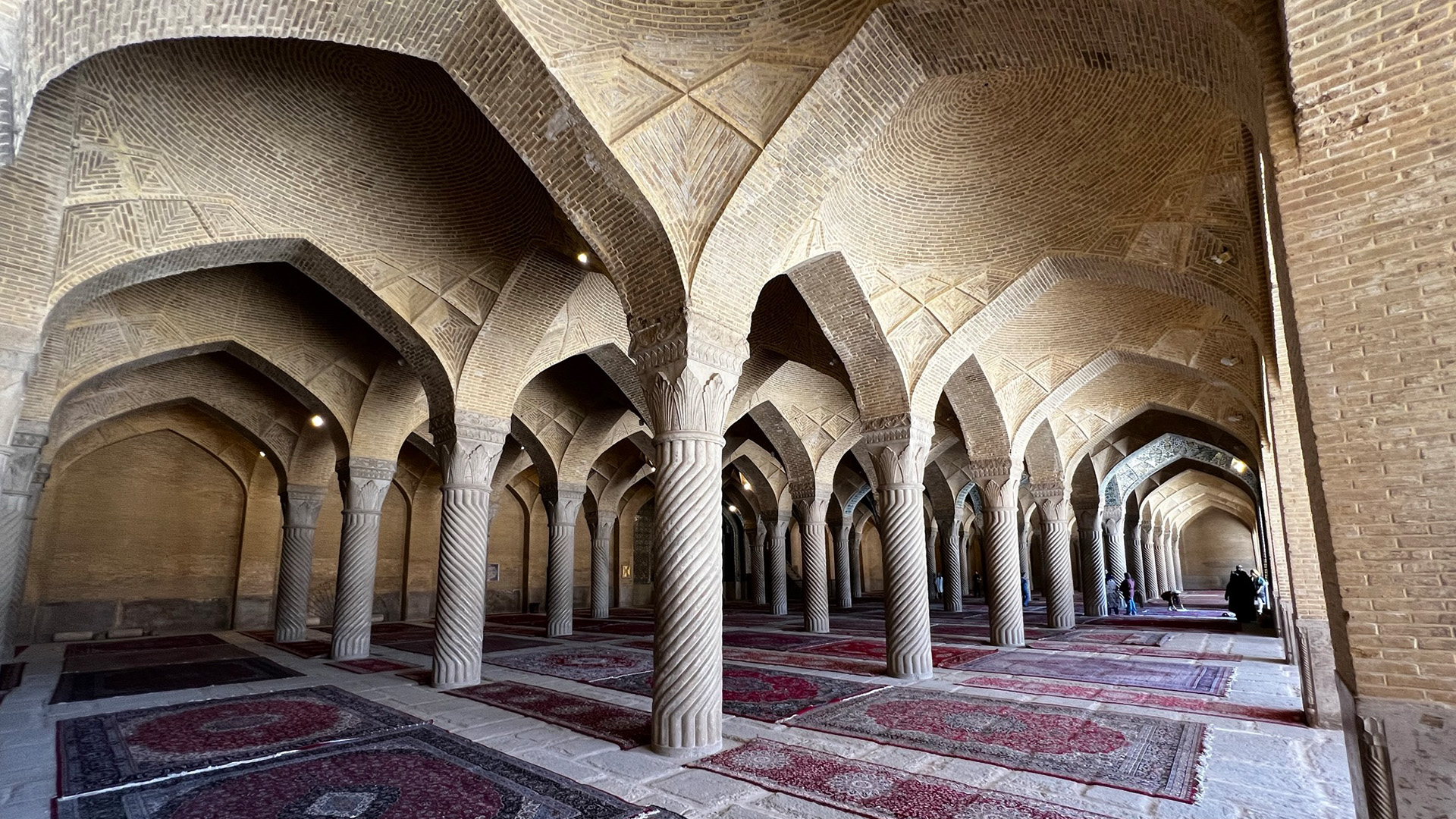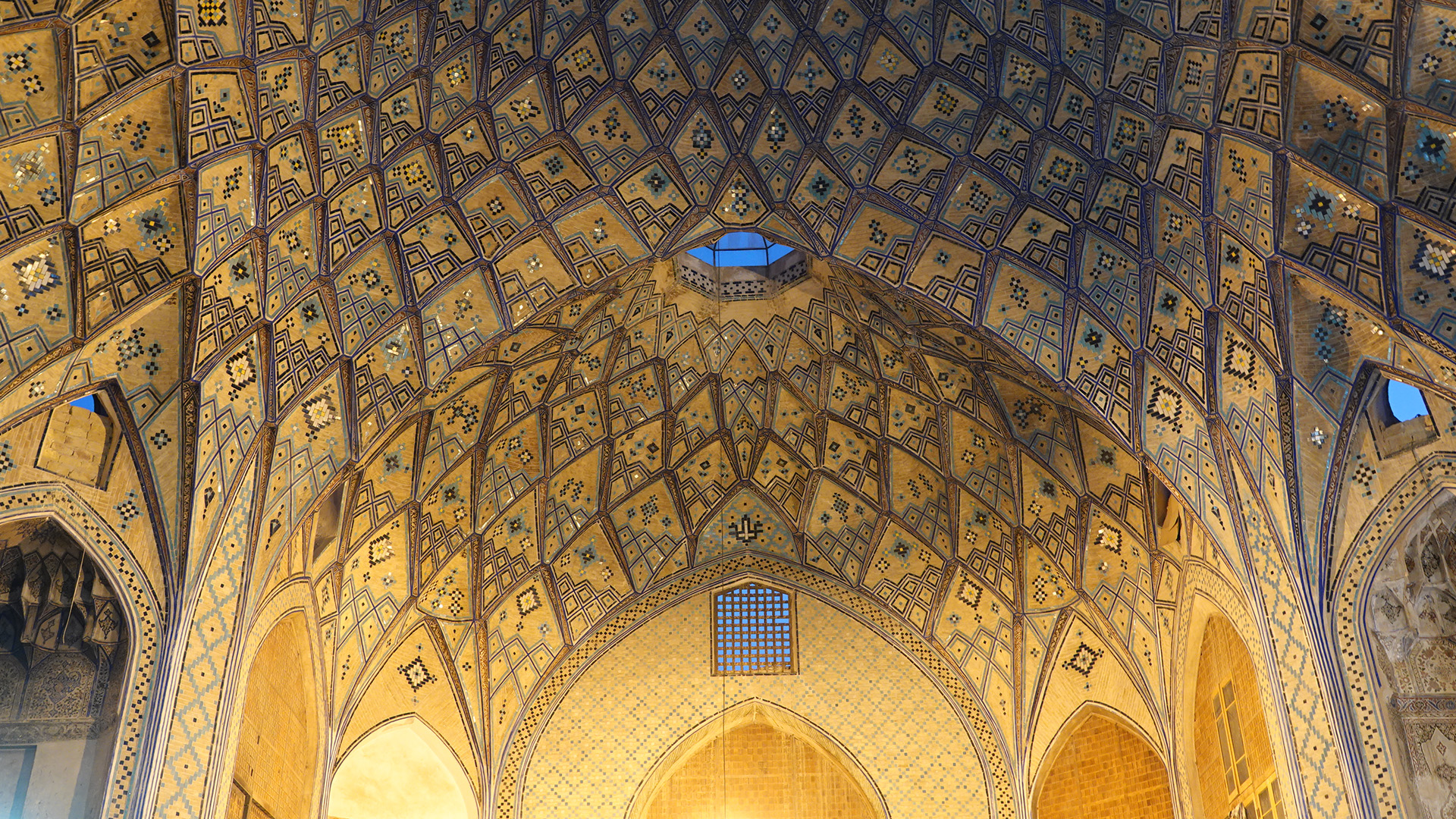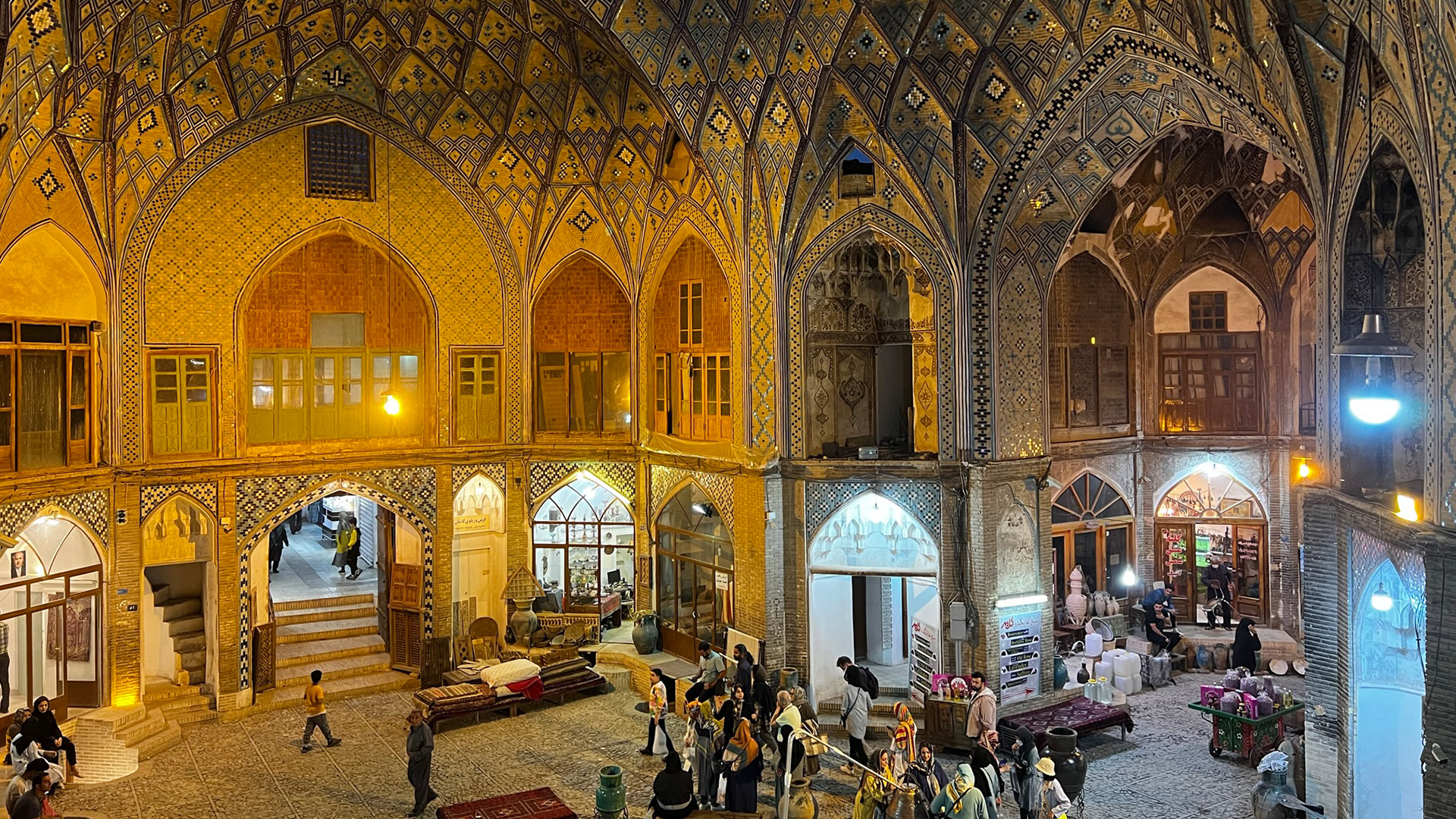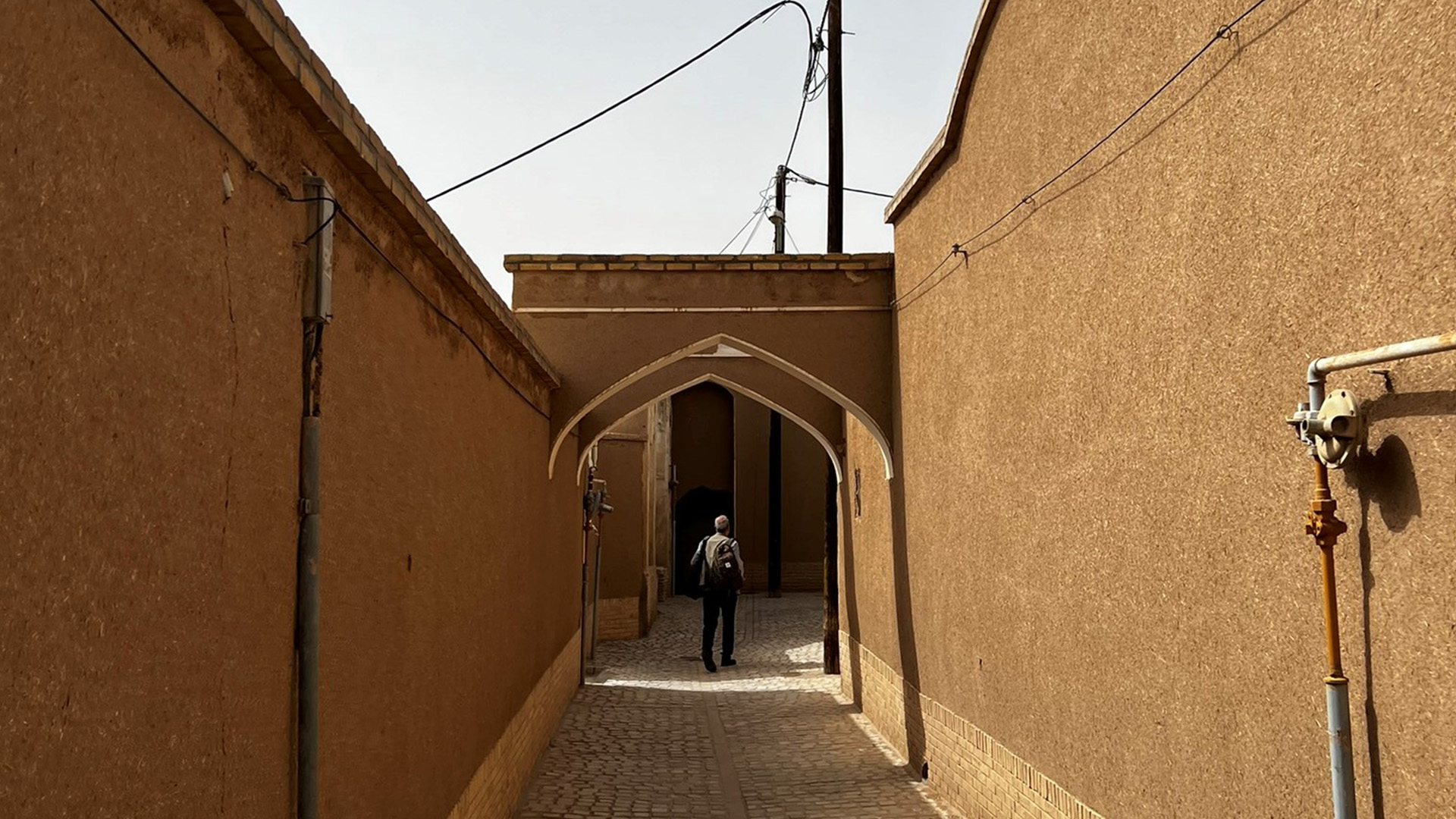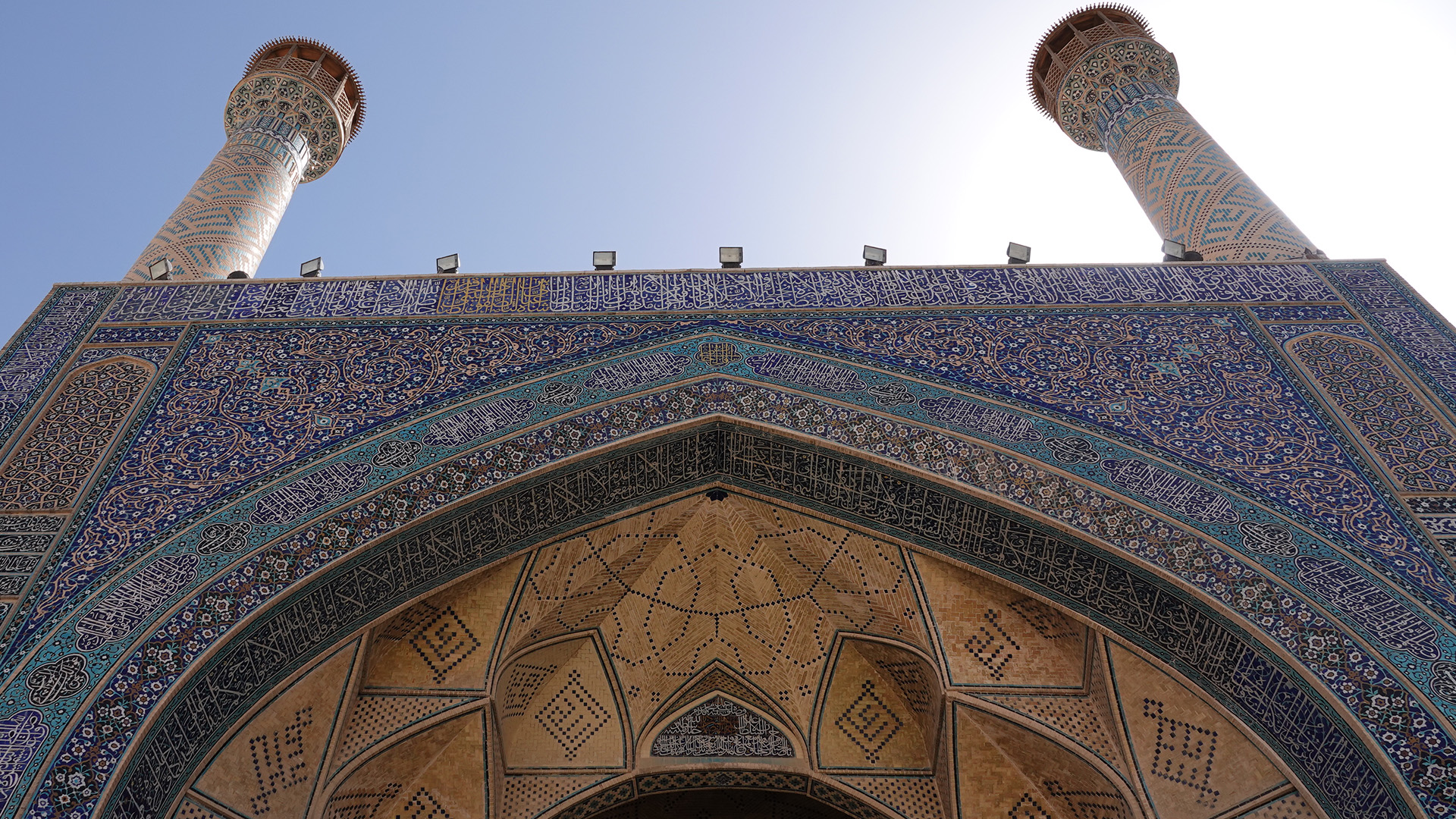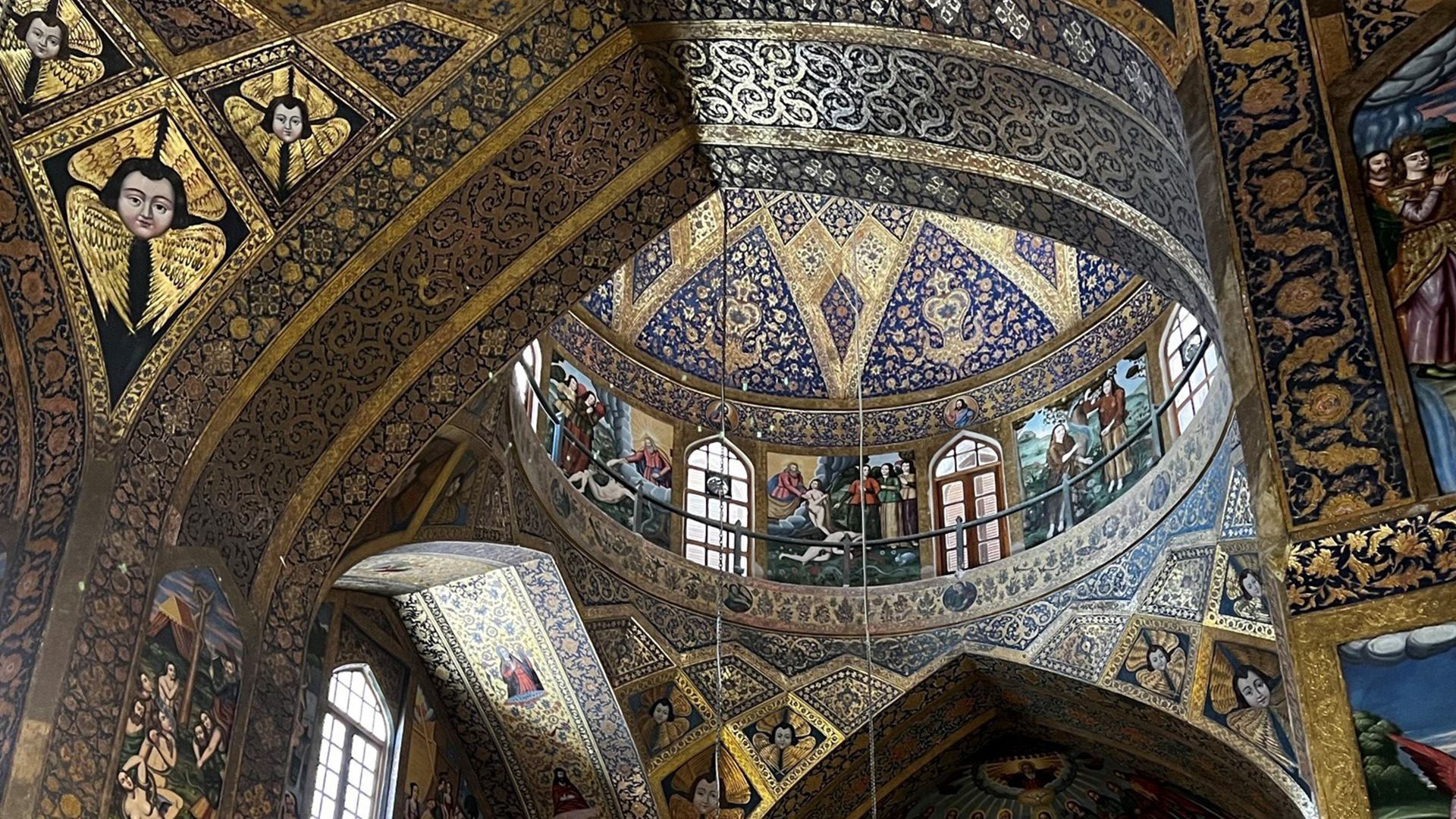Traditional Koran Making
For Research Purposes in Iran
This Persian proverb says that all people on this earth are part of one big whole and have a common origin. It reflects exactly the experience our colleagues had on their short excursion to Iran and describes how warmly and open-heartedly they were met everywhere. They were on a special mission: they had to find cooperation partners for a unique project – the traditional Koran making. Craftsmanship, traditional techniques and the use of natural materials should be in the foreground of the production. In the search for suitable contacts for the elaboration of the sub-areas calligraphy and paper production, the typical architecture of the country, including mosques and surrounding towns, was of course also viewed in order to get a more detailed picture of the country and the culture.
The first stop on the route from the capital Tehran to the inner country was the southern city of Shiraz. The ancient city enchants with breathtaking and elaborate gardens with opulent watercourses, handcrafted architecture and a modern, clean appearance. The mosques visited could not be more different and thus also reflect the rich diversity of the entire country. The Nasir ol Molk prayer house, visited first, is colourful and lavishly ornamented throughout the interior. When the sun shines through the colourful and predominantly geometrically designed windows, a unique play of lights is created, which is why the mosque is also called the pink mosque in reference to the most dominant colour. The Vakil Mosque visited afterwards was rather convincing due to its simple and restrained aesthetics. The multitude of winding columns are an architectural eye-catcher and make for a very special appearance.
Similar design differences were also evident in the cityscape of Kashan: while the bazaar in the city centre appears with magnificently decorated and tiled domes and arches in the Timche-ye Amin od-Dowleh section of the hall, the residential buildings in the surrounding area are based, at least outwardly, on plain clay and straw architecture. These natural building materials are becoming increasingly popular in many areas of construction, not only because of their good insulating properties, but also from an ecological point of view.
The next stop was Isfahan, former capital of the country and one of the most important cities of Persian architecture. It houses one of the largest and oldest mosques in Iran, the Natanz Jame Mosque, which is also known as the Friday Mosque of Isfahan. Its architectural style, influenced by many different eras, has had a significant impact on Iranian and Islamic mosque architecture. Covering an area of more than two hectares, the UNESCO World Heritage Site impresses with handmade tiles, elaborate geometric and symmetrical decorations and a multitude of richly decorated columns and domes. Besides the mosque, the Vank Cathedral, an Armenian church, is particularly memorable in Isfahan. Like many other buildings, it is rather inconspicuous from the outside, but richly and ornately decorated on the inside. Here, one could hardly take one’s eyes off the extensive paintings with golden carvings that decorate walls and ceilings alike. Its architecture is also considered a model for many churches in the area and its dome combines elements from church and mosque construction. In addition to a museum, it also houses a library containing valuable writings and documents on the history of the Armenian people. The final stop of the excursion was Hamadan, where meetings with potential cooperation partners for our project took place.
The country on the Persian Gulf has taken a fancy to our colleagues. They were delighted to be able to visit the country of origin of some of our employees and, in addition to the architectural highlights, were particularly enthusiastic about the geographical diversity, the cuisine, the interplay of different cultures and religions as well as the hospitality. The quality of the buildings in their execution and the important role of traditional ornamentation also made us feel positive about the production of the Koran. We are convinced that we have found the ideal partners and conditions in Iran for the production of the sub-projects relevant to us. Our colleagues have examined the work of various calligraphers and sighted samples of script that meet our expectations. The focus on handwork, the use of natural materials and the uniqueness of the calligraphy style speak for themselves. These characteristics and shared values are the basis for the collaboration on this special project.
